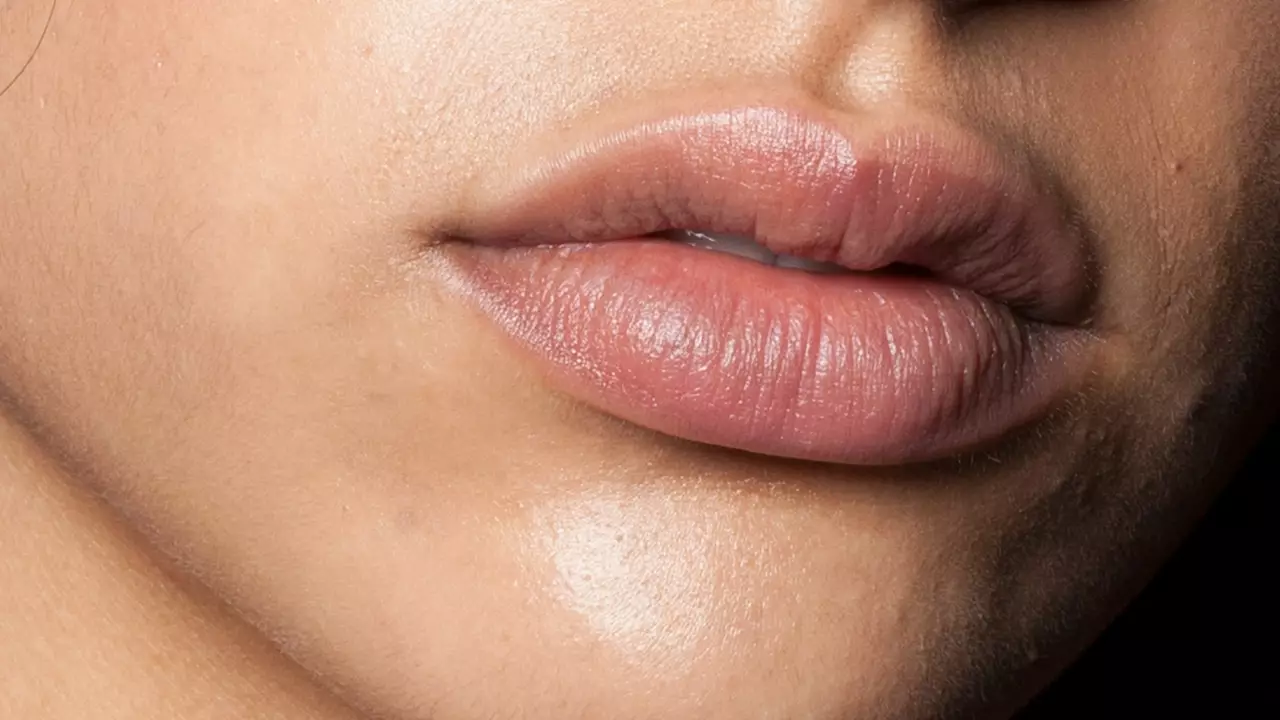Chapped Skin: Fast Fixes, Causes & When to See a Doctor
Chapped skin hurts, looks rough, and won’t go away if you keep treating it wrong. A cold wind, too much hand washing, harsh soaps, or an eczema flare can turn healthy skin into cracked, tight patches. The good news: most cases clear up fast with the right routine.
Start by spotting the cause. Weather and wind dry the outer layer. Frequent washing strips oils. Fragrance and alcohol in products irritate sensitive skin. Some meds and medical conditions make dryness worse. Knowing why your skin is chapped helps choose the right fix.
Quick fixes that actually work
First rule: stop stripping the skin. Switch to a mild, fragrance-free cleanser and use lukewarm water instead of hot. After washing, pat dry—don’t rub—and apply a thick moisturizer while your skin is still damp to lock in moisture.
Use the right products: petrolatum (Vaseline), lanolin, or thick ointments are best for very chapped or cracked skin because they seal moisture in. For daily use, look for creams with ceramides, glycerin, or hyaluronic acid. For rough areas like heels or elbows, products with 5–10% urea can soften thick skin—but avoid urea on open cracks.
For chapped lips, avoid lip balms with menthol, camphor, or fragrances—these can sting and worsen chapping. Apply a plain petrolatum or a balm with beeswax and reapply often. Don’t lick your lips; saliva dries them out more.
If hands are the problem, use a barrier cream before cold weather and reapply moisturizer after each wash. Overnight, slather on a thick cream and wear cotton gloves to boost absorption. For work or frequent hand washing, keep a small tube of cream with you and use fragrance-free formulas.
Preventing reoccurrence and when to get help
Prevention is simple: moisturize regularly, choose gentle cleaners, use a humidifier in dry months, and protect skin from wind and sun with gloves and sunscreen. Reduce exposure to known irritants—detergents, scented soaps, and alcohol-heavy hand sanitizers.
See a doctor if the skin stays red and cracked after two weeks of good home care, if cracks are deep or bleeding, or if you see pus, spreading redness, or fever—those are signs of infection. If itching is severe or you have a long history of eczema, a short course of a mild topical steroid (like 1% hydrocortisone) or a prescription ointment from your doctor may be needed.
Small changes usually make a big difference. Swap harsh products, protect skin from the elements, and use an occlusive at night. If home care isn’t enough, a clinic visit can get you back to normal without guessing at treatments.

